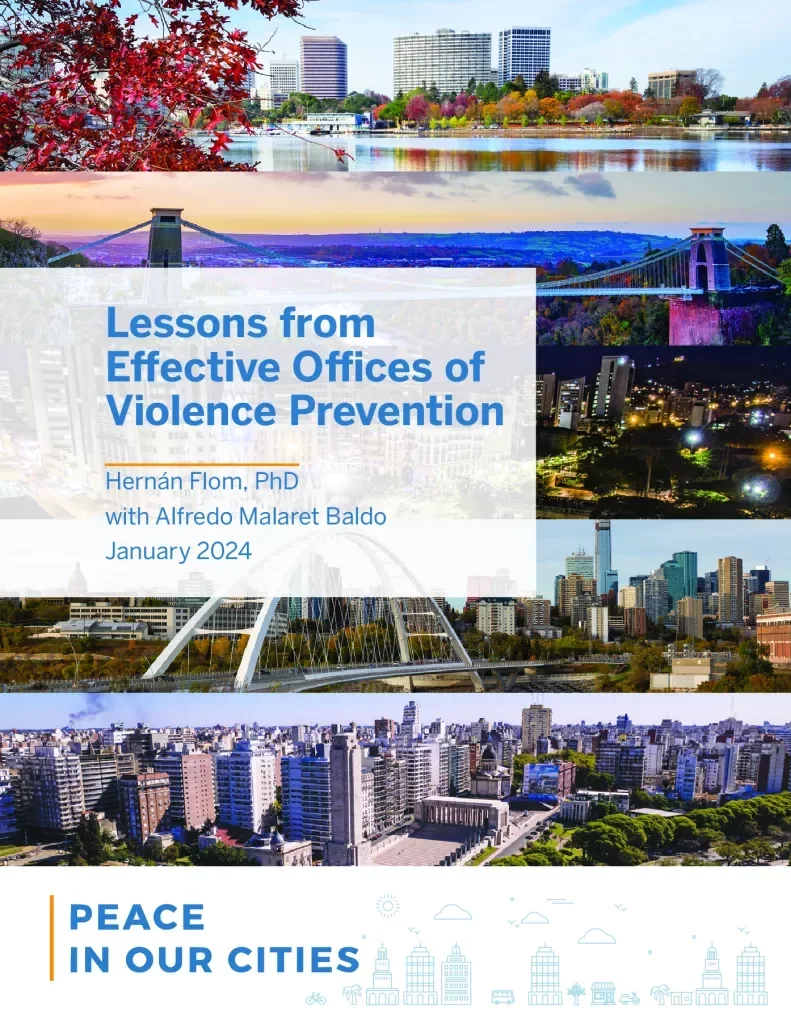Violence is highly concentrated in cities. And in recent decades, cities have gained more political and fiscal autonomy from central governments, making local elected officials the main focus of societal demands to prevent and reduce violence. Consequently, many municipalities have created or supported Offices of Violence Prevention (OVPs), albeit with different institutional designs, denominations, resources, and challenges. Hoping to help optimize their functioning, this report reviews components that could make these offices more effective and offers a tradeoff analysis of different decisions involved in designing violence prevention strategies.
This research report applies a broad definition of centralized OVPs, describing them as local-level governmental, civil-society-run, or public-private entities whose central mandate is to prevent different forms of violence through approaches that do not rely primarily on law enforcement. While these entities may have multiple names and institutional locations, this research looked for entities with sufficient institutional strength and resources to advance their own violence prevention agendas, in collaboration with community partners. This research effort also focused on entities with significant civilian leadership.



